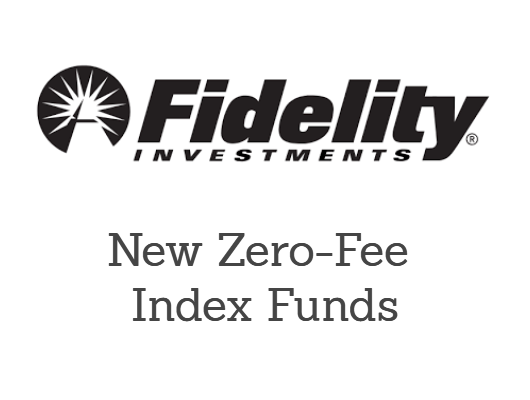- Cash has historically served as a safe haven in times of turmoil due to a nominal neutral return
- However, central banks introduced negative deposit rates with as a potential result that some banks charge clients for holding cash
- As a result, cash yields a nominal negative return and can’t be regarded as a safe haven any longer
- In the hunt to preserve capital, a liquid asset class such as dividend stocks may still be the best allocation
Cash is king. For many, cash is the surest way to preserve capital. After all, holding cash implies a nominal yield of 0.0%. Putting it on a bank account could generate a small positive yield, although the zero interest policy of central banks caused interest on bank accounts drop to virtually zero. Now, even a yield of zero is being challenged, thanks to negative deposit rates introduced in recent monetary policy decisions. This challenges our conventional point of view towards cash and urges changes in allocation.
NIRP is a game changer
In theory, a negative deposit rate installed by the central bank ultimately leads to banks charging their customers negative rates as well. Of course, savers can avoid these negative rates by keeping cash under the mattress, or better, in a safe. This is exactly what happened in Japan after the Bank of Japan introduced negative interest rates. Japanese stores reported a run on safes shortly after the BoJ made its decision to adopt a negative interest rate policy (“NIRP”).
Hoarding cash to avoid negative interest rates is limited to relatively modest amounts. Storing cash comes with high insurance and logistic costs. Nevertheless, German insurance company Munich Re will store cash of around EUR 10 million (USD 11 million) as an experiment. This experiment is followed closely by many. Obviously, central banks don’t like the idea of individuals and corporates hoarding cash. This process undermines the transmission of accommodative policy towards the real economy. As a result, central banks have the option to limit the availability of psychical cash. For instance, various sources report the EUR 500 banknote could be eliminated. Officially to crack down ‘black money’ transactions, but the measure would also limit the possibility of hoarding large sums of cash.
No more bills and coins?
Some even argue the disappearance of all physical cash. Deutsche Bank CEO John Cryan thinks this will be the case within a decade. For now a bold view, but certainly not unrealistic. For instance, Sweden is already far down the road to cashless society. To be fair, Swedish people embraced digital money long time ago, much more than other developed countries. However, with the Swedish Riksbank having set the deposit rate at minus 1.25%, elimination of all bills and coins prevents hoarding cash as a nice side effect.
What does NIRP mean for asset allocation?
As we all know, asset allocation is about making portfolio adjustments to have the right positioning for future developments. With inflation and economic growth remaining stubbornly low, one could argue that central banks may cut rates even deeper into negative territory. Capital preservation by holding cash on bank accounts is no longer feasible if that nets a negative nominal return. The headwinds for physical bills and coins makes cash hoarding unattractive. So where to go with cash? Money market funds are no longer an obvious candidate. In a NIRP-environment, these instruments struggle to achieve at least a neutral rate. Fixed income isn’t an alternative either with record low yields. In addition, asset managers may not want to allocate too much into this asset class, which is traditionally already the largest holding within a broad portfolio.
Flight to assets, but which?
One could argue for hard assets such as land or real estate. These assets tend to hold at least their value over time and often generate income. The problem is that especially land is a highly illiquid asset. In times of stress, it’s very difficult to sell these assets and convert it to cash (or other asset classes). Are gold or commodities an option? After all, these could be played through ETFs, if one needs liquidity. However, gold is non-yielding and in times of deflation, less attractive. If one adopts the scenario of deeper negative rates, that would imply a less optimistic view on economic growth. Low economic growth implies lower demand for commodities such as oil and iron ore, hence a bearish view on prices. So we have to look somewhere else
So would stocks be an alternative? Less rosy economic prospects and thus pressure on earnings growth don’t make a solid investment case for stocks. However, this is countered by prospects of stable dividend distributions, if profits don’t fall too much. Since low economic growth makes investments unattractive, distribution to shareholders could remain stable. And stocks are highly liquid, especially large caps. As a result, there’s a strong argument to allocate more funds towards stocks. In fact, that would be strong argument for a continuation of the outperformance of the Dividend Aristocrats. As described last week, there are reasons that make this group of stocks less attractive. But in a world of highly accommodative monetary policy, funds have to go somewhere. Following the outlined case of preventing a sure loss on capital, investors could still end up buying dividend stocks.
We truly live in extraordinary times, challenging our conventional investment strategies and our traditional allocation policy.


